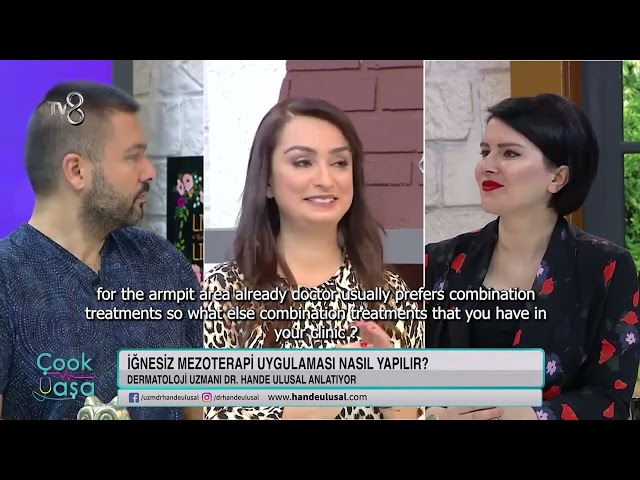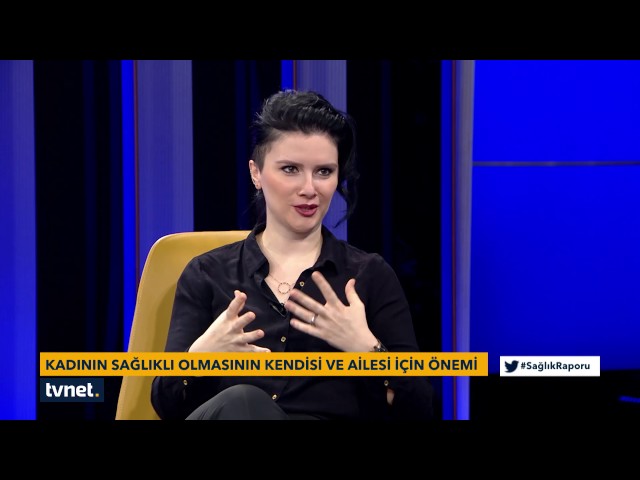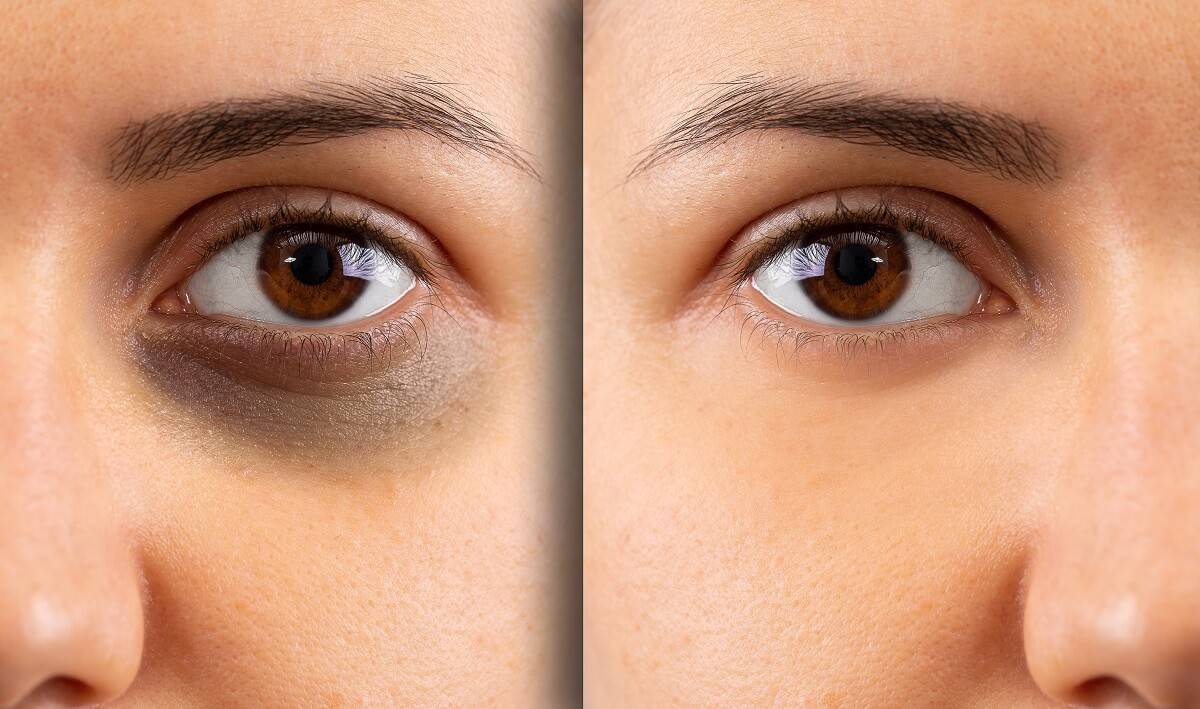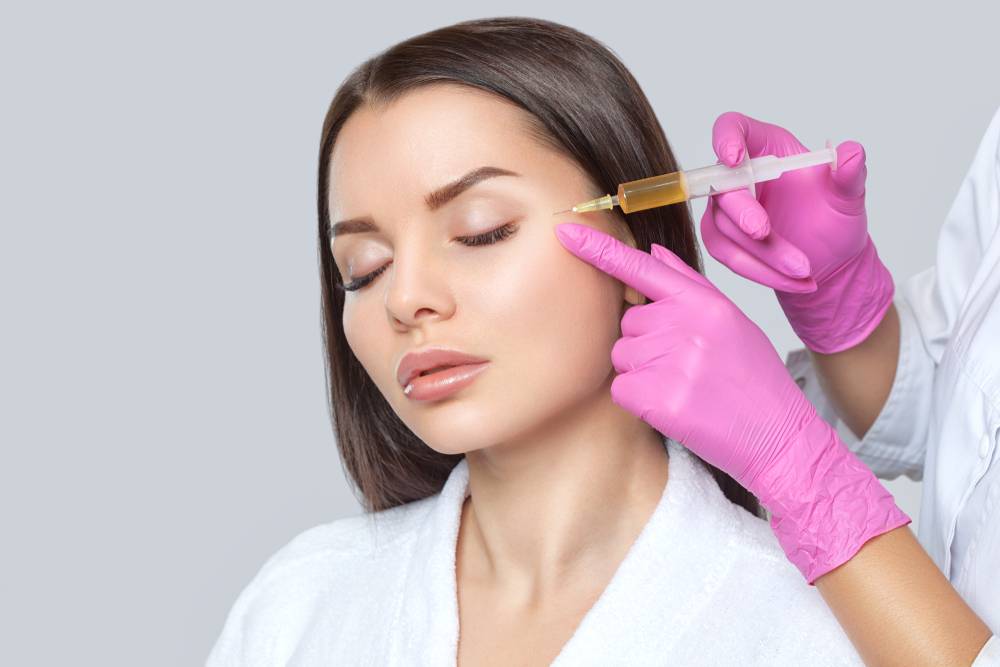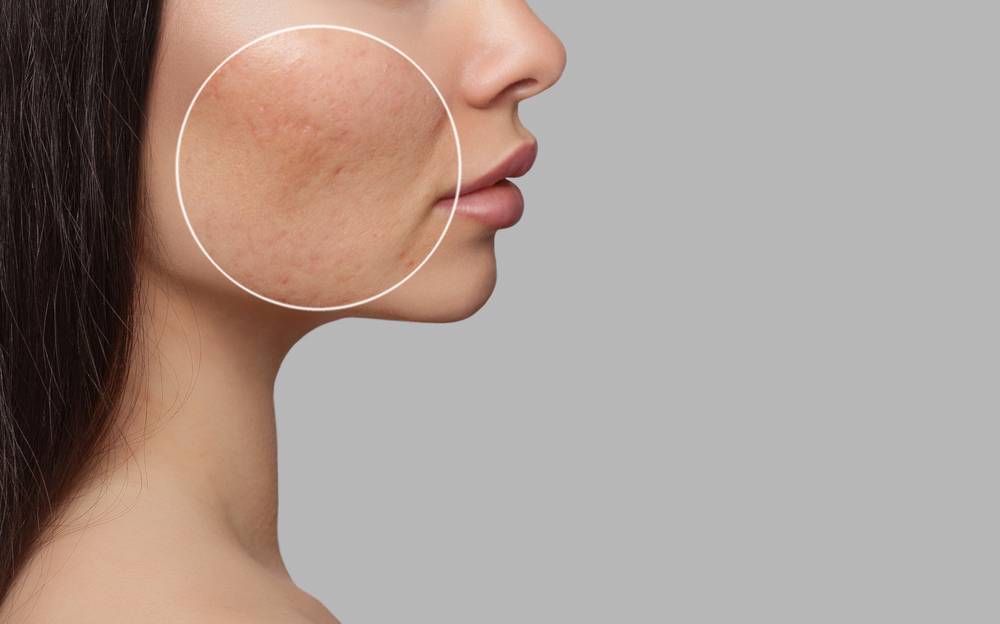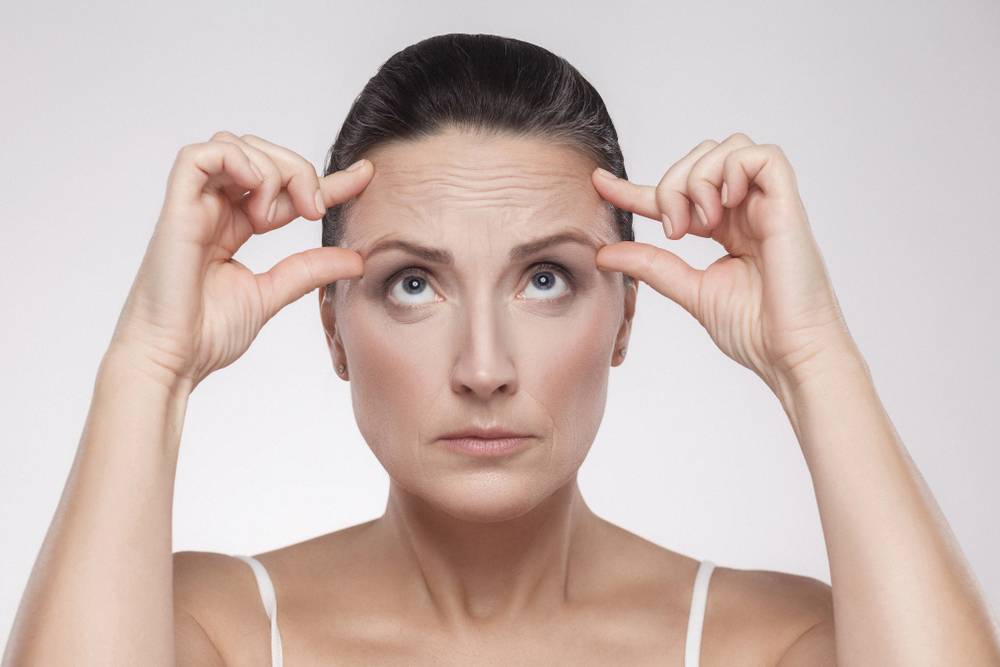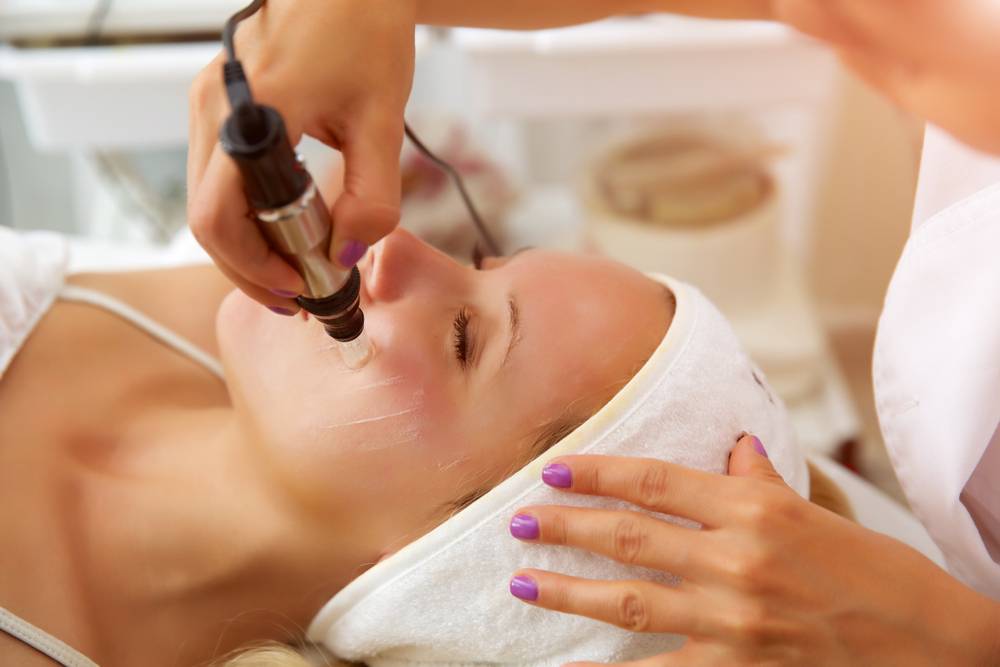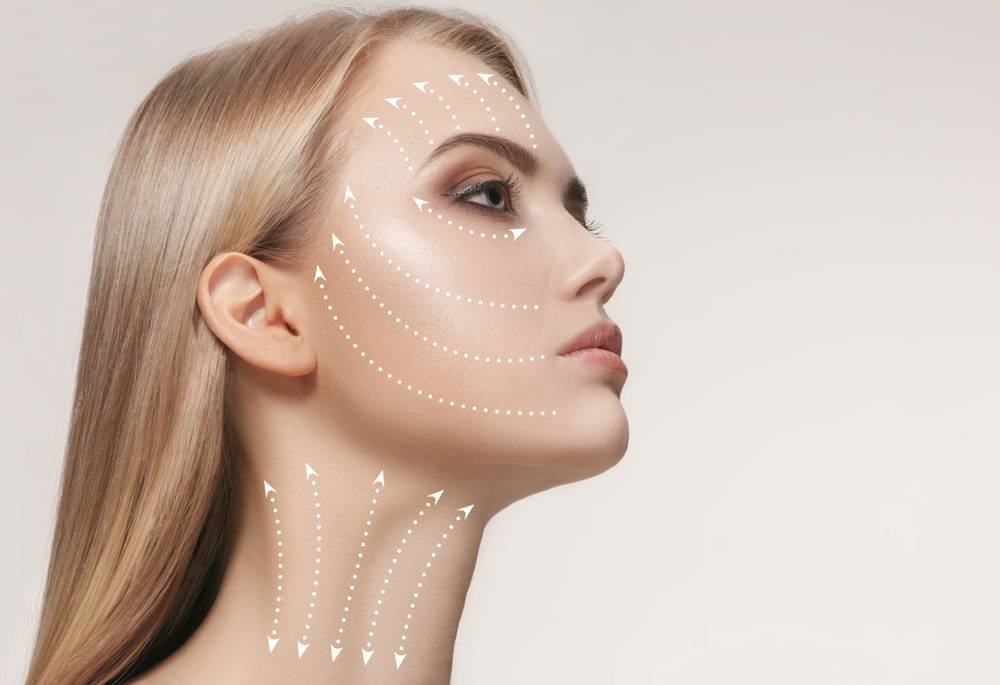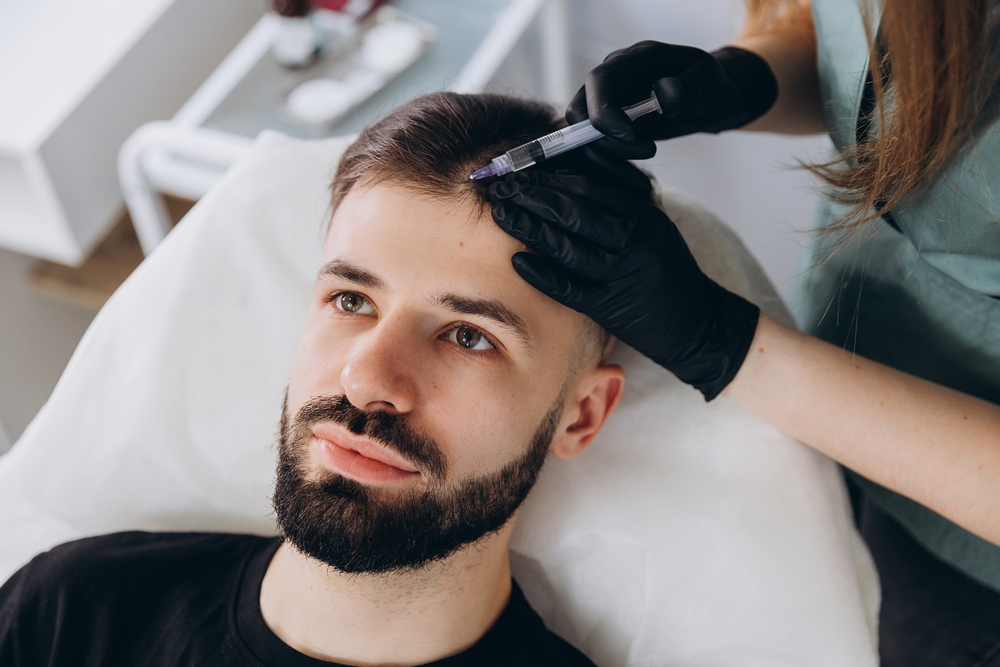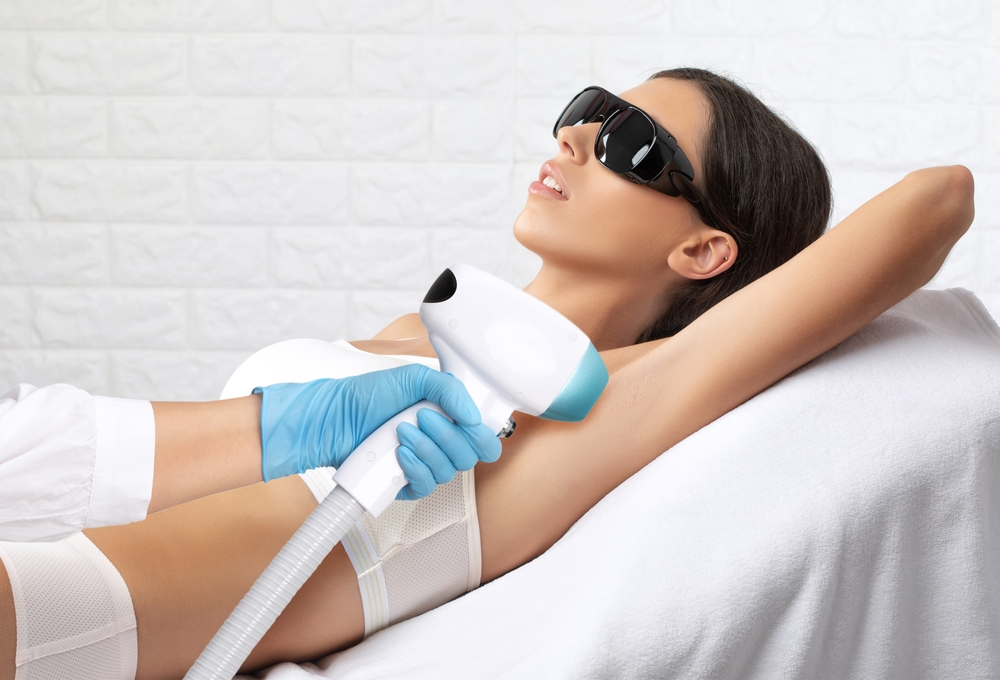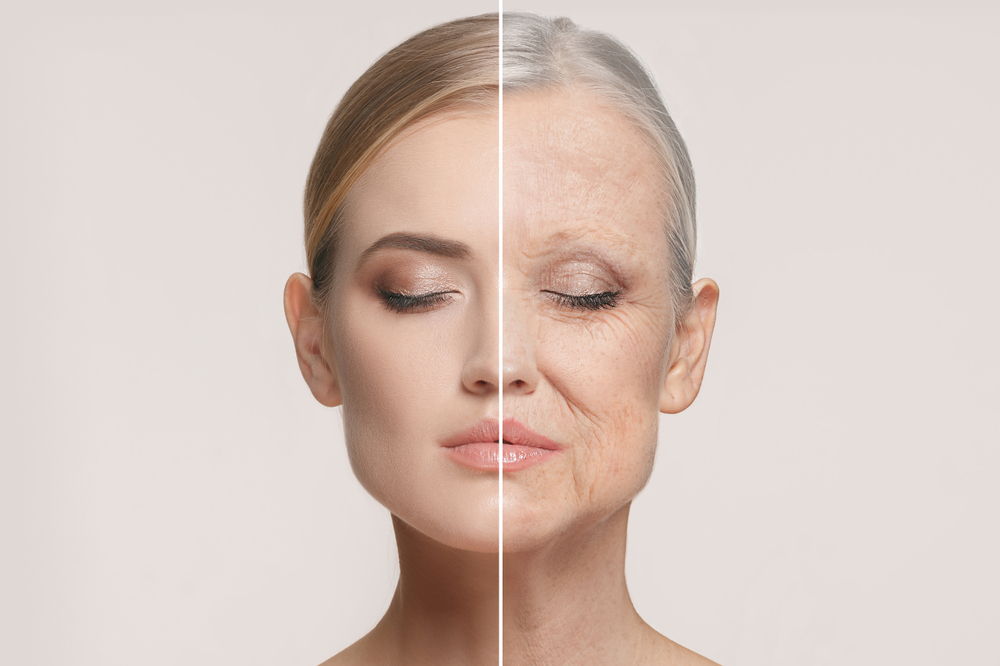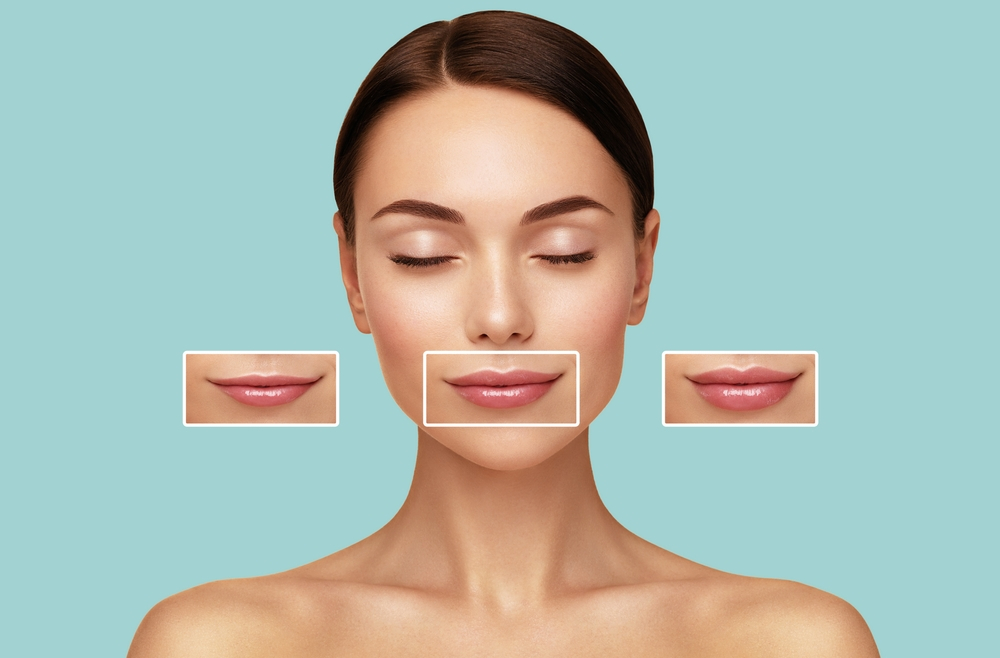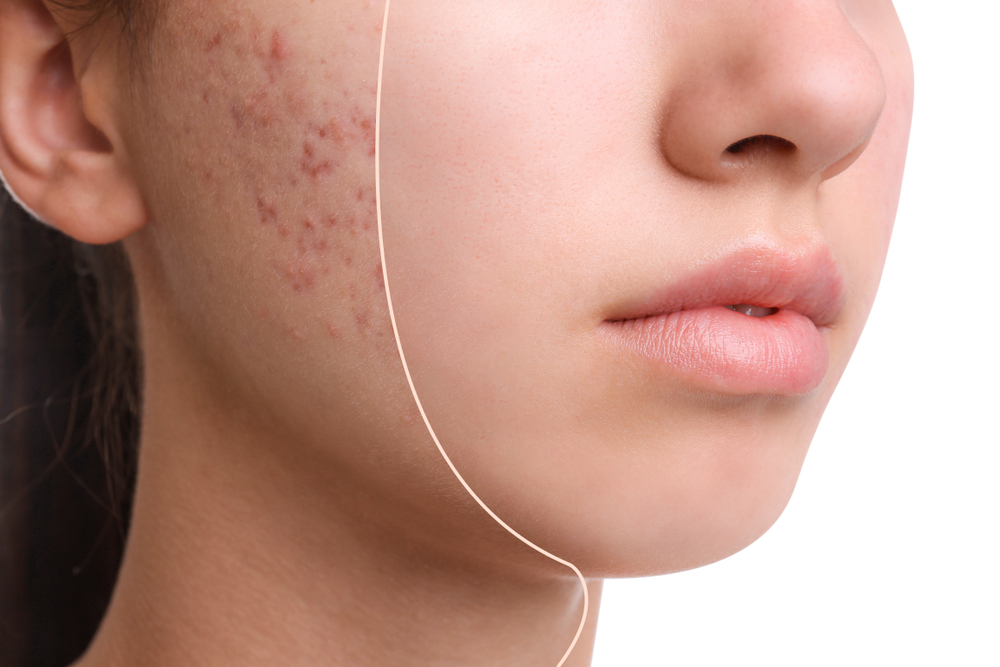What is a Crack?

What are Stretch Marks? What Causes Stretch Marks?
Stretch marks are marks that occur as a result of the strain or tearing of elastic fibers in the skin. They usually occur when the elastic fibers in the lower layers of the skin are damaged. The most common stretch marks seen in certain areas are as follows:
Pregnancy Stretch Marks: These are stretch marks that occur on the abdomen, breasts and hips during pregnancy. These stretch marks occur as a result of the rapid expansion of the abdominal area and the stretching of elastic fibers.
Puberty Stretch Marks: Stretch marks may occur on the body due to hormonal changes and rapid growth during puberty. They are especially seen on the hips, breasts and thighs.
Weight Change Stretch Marks: In cases of rapid weight gain or weight loss, the skin stretches and stretch marks may occur. This is especially seen in cases such as obesity, weight gain and loss diets or the yo-yo effect.
Genetic Factors: Some people tend to develop more stretch marks due to their genetic predisposition.
Steroid Use: Long-term and high-dose steroid use can reduce skin elasticity and lead to stretch marks.
Stretch marks usually start out red or purple on the skin and can turn white or silver over time. Stretch marks are often difficult to treat, but it is possible to reduce or improve their appearance with various methods.
When Should Stretch Mark Treatment Be Started? Is Early Intervention Important?
The question of when to start stretch mark treatment is an important one. It is accepted that early intervention plays an important role in stretch mark treatment. Here is information about when to start stretch mark treatment and the importance of early intervention:
The Importance of Early Intervention: Starting treatment as soon as stretch marks start to form can help you achieve more effective results. Stretch marks in the early stages can be treated more easily and their appearance is more likely to be improved. Stretch marks deepen and turn white over time, so the chance of treatment increases with early intervention.
Stretch Mark Formation Process: Stretch marks are formed as a result of the strain or tearing of elastic fibers in the skin. This process can usually last for a period of several weeks or months. When the first symptoms appear, treatment options should be evaluated.
Treatment Options: Methods used in the treatment of stretch marks include laser treatment, microdermabrasion, chemical peeling, and skin rejuvenation procedures such as dermaroller. Early intervention can increase the effectiveness of these treatment options and help you achieve better results.
Personal Factors: The time to start stretch mark treatment may vary depending on factors such as the size, depth, area and general health of the person's stretch marks.
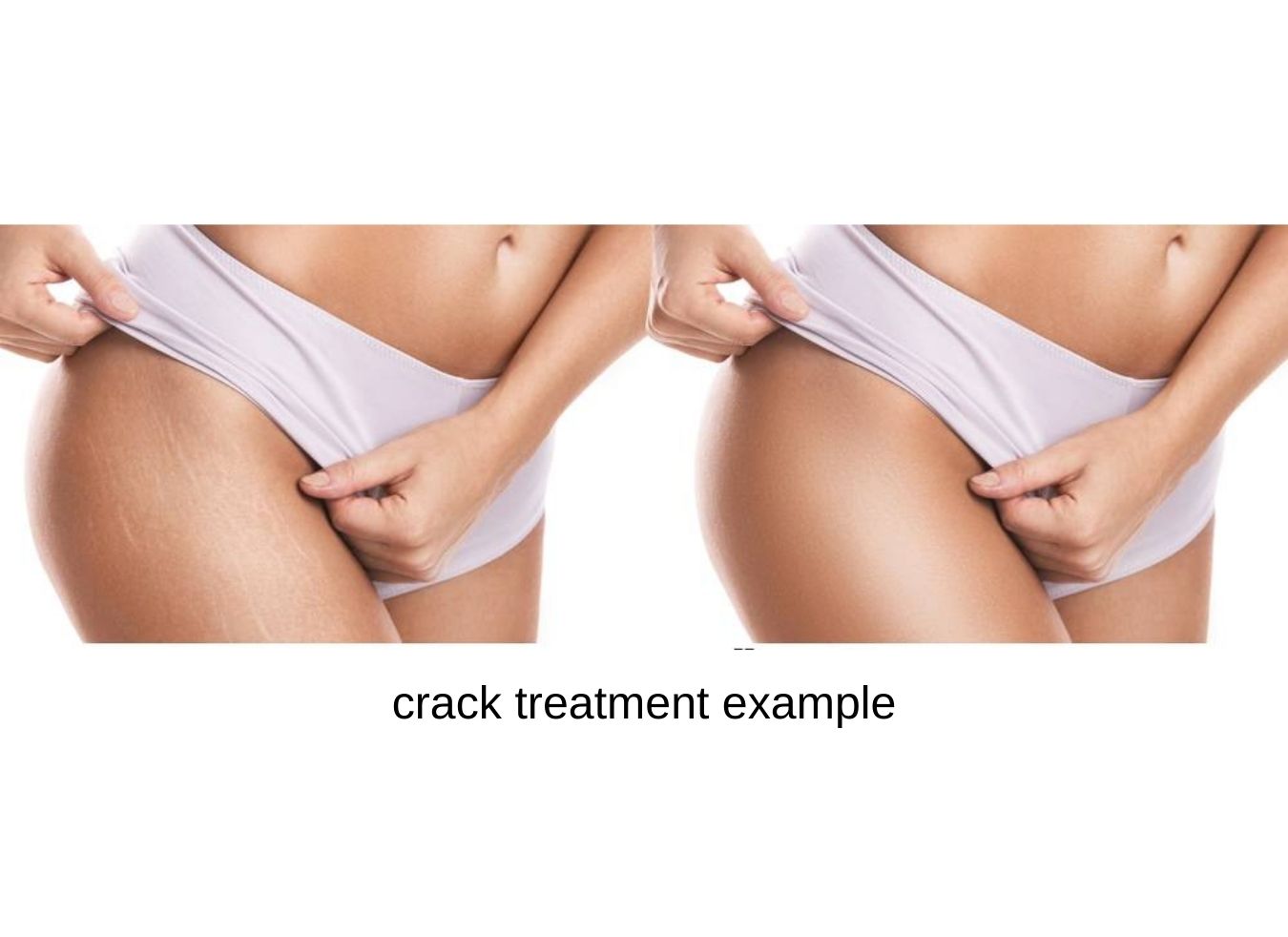
How to Remove Stretch Marks with Laser Treatment?
Laser treatment is used as an effective method to reduce the appearance of stretch marks. Here is information about the process of removing stretch marks with laser treatment:
Laser Effect: Laser treatment reaches targeted areas on the skin using high-energy laser beams. Laser beams stimulate collagen and elastic fibers in the lower layers of the skin.
Collagen Regeneration: Laser beams stimulate collagen production in areas with stretch marks. Collagen is a protein fiber that makes the skin firm and elastic. The production of new collagen reduces the appearance of stretch marks and makes the skin look smoother and younger.
Color Correction: Laser treatment also targets the discoloration seen in stretch marks. It helps to achieve a more uniform skin tone by lightening the color of stretch marks, especially those that are red or purple.
Number of Sessions and Duration: Depending on the characteristics of the stretch marks, laser treatment usually consists of several sessions. The time between sessions usually varies from a few weeks to a few months. Each session usually lasts from a few minutes to an hour.
Side Effects and Healing Process: Laser treatment usually has minimal side effects. There may be slight redness, swelling or a slight burning sensation in the treatment area. These usually pass quickly. The healing process usually takes a few days to a few weeks.
Results: The appearance of stretch marks can be significantly reduced with laser treatment. However, each individual's stretch marks are different and the results can vary from person to person. The full results usually appear within a few months after the treatment is completed.
How Are Stretch Marks Formed During Pregnancy Treated?
Stretch marks that occur during pregnancy are usually seen in areas such as the abdomen, breasts, hips and thighs. There are various methods and treatment options for the treatment of these stretch marks. Here is information on the treatment of stretch marks that occur during pregnancy:
Early Intervention: It is important to start treatment as soon as stretch marks begin to form during pregnancy. Stretch marks in the early stages can be treated more easily and their appearance can be improved
is more likely.
Creams and Lotions: Creams and lotions used in the treatment of stretch marks can help increase the skin's moisture and elasticity. Products containing ingredients such as hyaluronic acid, retinol, vitamin A and vitamin E are generally preferred. Regular and long-term use of these products can reduce the appearance of stretch marks.
Microdermabrasion: Microdermabrasion is a treatment method that helps reduce the appearance of stretch marks by gently peeling the upper layer of the skin. In this method, a thin layer of crystals is applied to the skin and then the skin is gently rubbed. This process encourages skin renewal and can reduce the appearance of stretch marks.
Chemical Peeling: Chemical peeling is a treatment method that peels the upper layer of the skin, allowing new and healthy skin to emerge. In this method, a chemical solution is applied to the skin and then the skin is peeled. Chemical peeling can reduce the appearance of stretch marks and make the skin look younger and smoother.
Laser Treatment: Laser treatment is an effective method to reduce the appearance of stretch marks. Laser beams stimulate the collagen and elastic fibers in the lower layers of the skin. This reduces the appearance of stretch marks and makes the skin look smoother and younger.
Dermaroller: Dermaroller is a micro-needling procedure performed on the skin with fine needles. This procedure stimulates the skin's self-renewal process and increases collagen production. Using a Dermaroller can reduce the appearance of stretch marks.
The treatment of stretch marks that occur during pregnancy may vary depending on the severity, location and individual preferences of the stretch marks.
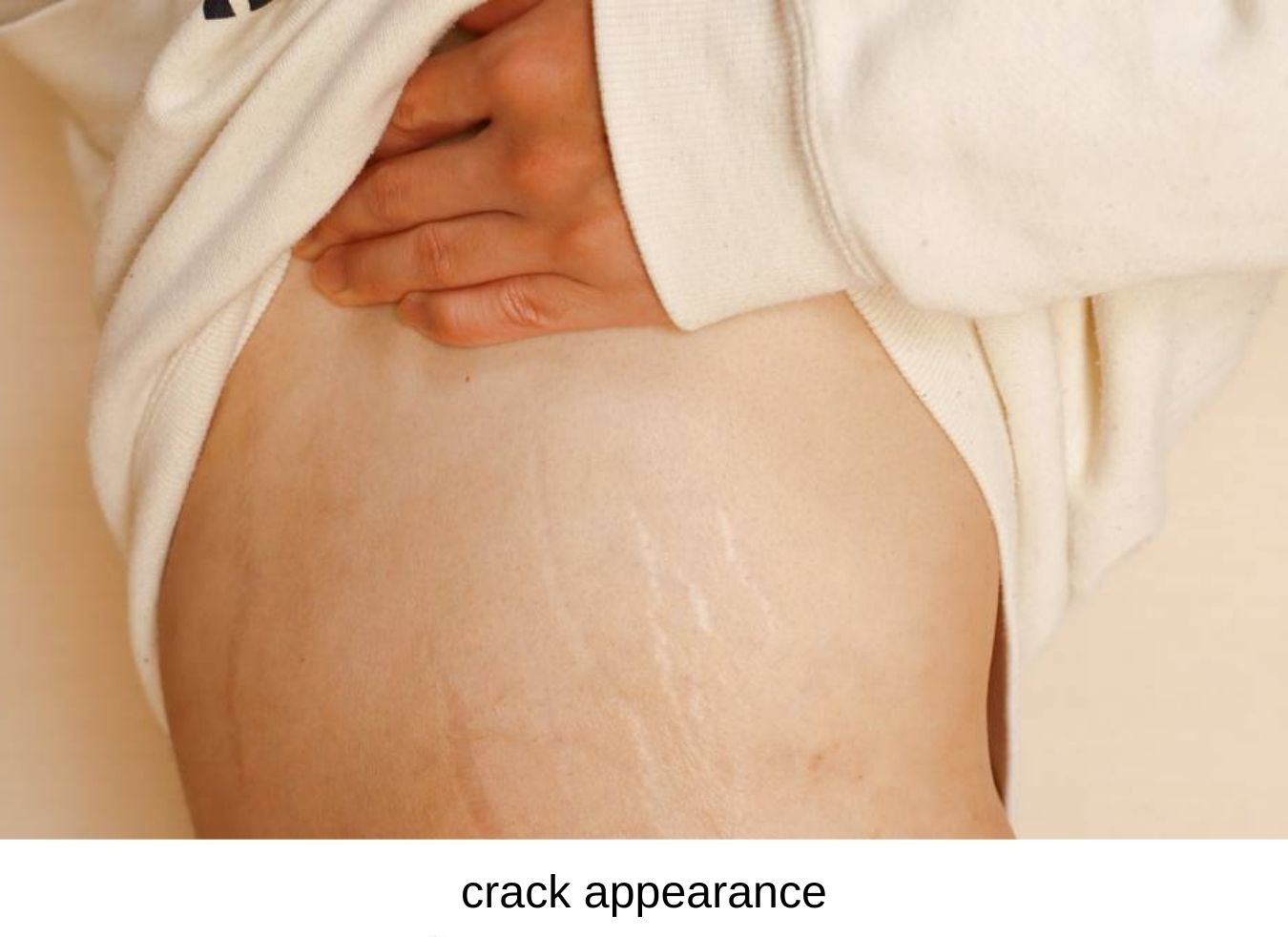
Which Treatment Method is Most Suitable for Stretch Mark Treatment?
The most suitable method for stretch mark treatment may vary depending on the characteristics of the stretch marks, their location and the patient's individual preferences. Since everyone's stretch marks are different, the treatment approach should also be individualized. However, here are some methods that are frequently used in stretch mark treatment:
Laser Treatment: Laser treatment is an effective method for reducing the appearance of stretch marks. Laser beams stimulate the collagen and elastic fibers in the lower layers of the skin. This method can correct the color irregularities of stretch marks and reduce the roughness of the skin.
Microdermabrasion: Microdermabrasion is a treatment method that helps reduce the appearance of stretch marks by gently peeling the upper layer of the skin. This process encourages skin renewal and makes stretch marks less noticeable.
Chemical Peeling: Chemical peeling is a treatment method that allows new and healthy skin to emerge by peeling the upper layer of the skin. In this method, a chemical solution is applied to the skin and then the skin is peeled. Chemical peeling can reduce the appearance of stretch marks and give the skin a smoother appearance.
Dermapen/Dermaroller: Micro-needling methods such as Dermapen or Dermaroller are used in the treatment of stretch marks by micro-punctures made with thin needles on the skin. These methods stimulate the skin's self-renewal process, increase collagen production and reduce the appearance of stretch marks.
Topical Creams and Lotions: Topical creams and lotions used in the treatment of stretch marks can help reduce the appearance of stretch marks by increasing the skin's moisture. Products with ingredients such as hyaluronic acid, retinol, vitamin A and vitamin E are especially preferred.
İlgili Yazılar
See AllNeed to Contact Us?
We would want to hear more.




